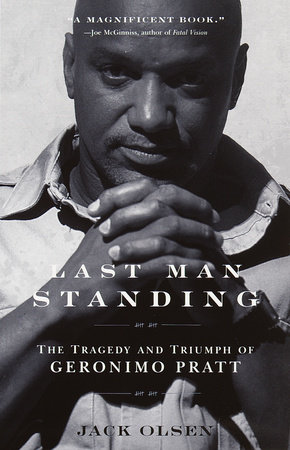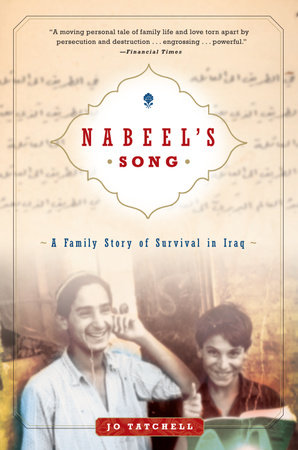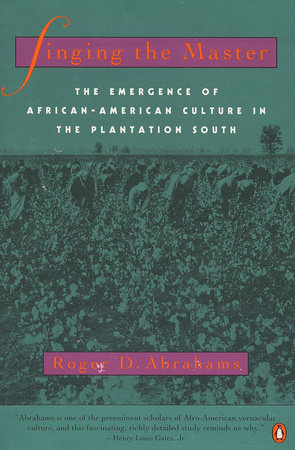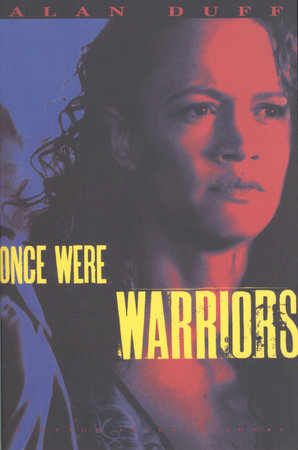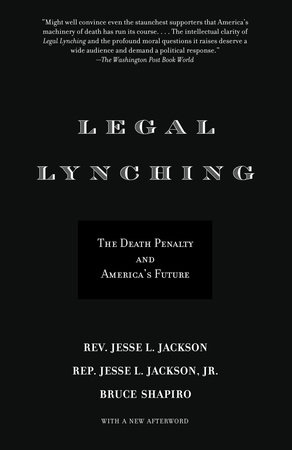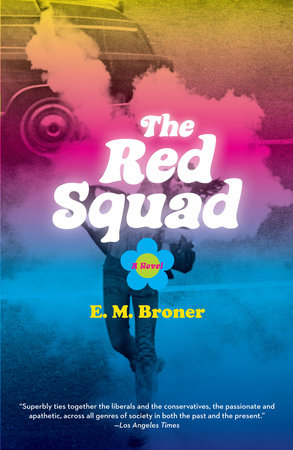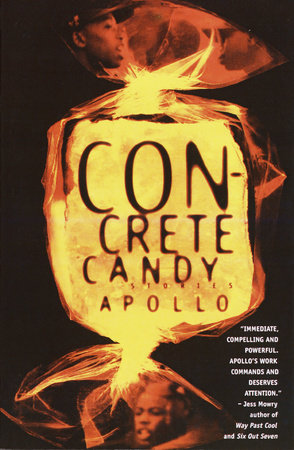Author Q&A
Q: Where would Geronimo Pratt be today if the death penalty hadn’t been banned for a few years in the early 1970s?
A: Dead. He was convicted of one of the most brutal and cowardly murders in American history.
Q: Was he innocent?
A: From the first day.
Q: What kind of person was he?
A: Ex-paratrooper (Soldier’s Medal, Air Medal, Purple Heart), UCLA student, loving son and brother.
Q: How was he found guilty of murder?
A: He was railroaded by the Los Angeles Police Department and the FBI.
Q: At whose direction?
A: J. Edgar Hoover.
Q: The FBI Director ordered his agents to frame an innocent man?
A: His exact orders were: "Neutralize Geronimo Pratt." His agents did the rest.
Q: How much time did Pratt serve?
A: Twenty-six years and seven months, the first eight years in solitary confinement.
Q: That doesn’t make sense. Why solitary?
A: It didn’t make sense to me either, until I began to study the case three years ago. Then the outline of a horrendous miscarriage of justice slowly came into sight. The L.A. District Attorney’s office, J. Edgar Hoover, and his FBI combined to convince prison officials that Pratt was the Hannibal Lecter of his era–a murderous thug who would kill guards by stabbing them in the eyes with sharpened pencils, hold their children hostage, lead mass escapes, arrange kidnappings, and embark on a nationwide crime spree if he were ever paroled.
Q: Was any of this true?
A: Not one word. Not even close. When Pratt was finally let out of "the hole,"he became one of San Quentin’s most useful residents–teaching, organizing self-help training groups, counseling fellow Vietnam veterans, raising money for charities, helping to keep order among rival ethnic groups.
Q: What was Johnnie Cochran’s role in the case?
A: He was Pratt’s lawyer at the original trial.
Q: Cochran lost?
A: Yes, at trial and on appeal. I found that two of his office colleagues wereFBI informants; his phone calls were tapped; judges were corrupted, perjury suborned. A cop-turned-hairdresser lied repeatedly on the witness stand. Last Man Standing makes it painfully clear that the verdict was ordained before Cochran and Pratt stepped into the courtroom.
Q: Why didn’t this information come out on appeal?
A: This was another aspect of the case that went largely unpublicized throughout Pratt’s years of incarceration. Appellate judges up to the California Supreme Court took the easy way out, stalling proceedings, conferring privately with federal agents, passing the buck. They finally dumped the case on a conservative judge in the state’s most conservative county, where something surprising happened.
Q: Have the FBI and LAPD every acknowledged responsibility?
A: Yes, with cold cash. Pratt recently won a $4.5 million civil settlement, of which the LAPD paid $2.75 million and the FBI $1.75 million. It was the only time in its history that the FBI was forced to acknowledge that it had helped to railroad an innocent man.
Q: How does Cochran rate this case in his career?
A: "By far the toughest and most significant." All through the O.J. Simpson trial, he kept buttonholing reporters and telling them that they were missing a much more important case.
Q: Why was Pratt finally freed?
A: Because dozens of indefatigable members of the legal community, from office boys to paralegals to Cochran and the great San Francisco lawyer Stuart Hanlon, waged one of the boldest, longest, and most relentless legal wars in the history of jurisprudence. That, essentially, is what the book is about.
Q: Where’s Pratt now?
A: Back in the Louisiana bayou country, doing what he was doing when he was framed.
Q: What was that?
A: Helping his people. Setting up social programs. Speaking out.
Q: Wasn’t that what landed him in prison the first time?
A: Exactly.
Q: Isn’t he afraid that history will repeat?
A: He says he never had a choice.
